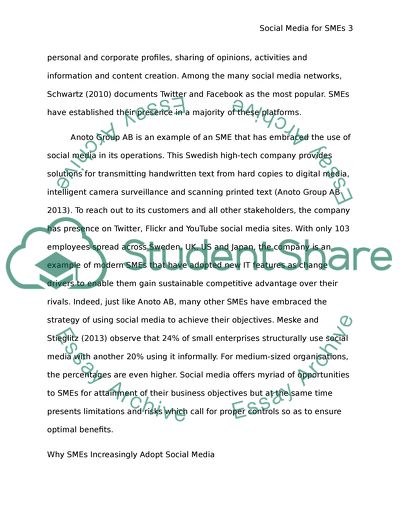Cite this document
(“Social Media for Small to Medium Enterprises Essay - 2”, n.d.)
Social Media for Small to Medium Enterprises Essay - 2. Retrieved from https://studentshare.org/e-commerce/1643107-social-media-for-small-to-medium-enterprises
Social Media for Small to Medium Enterprises Essay - 2. Retrieved from https://studentshare.org/e-commerce/1643107-social-media-for-small-to-medium-enterprises
(Social Media for Small to Medium Enterprises Essay - 2)
Social Media for Small to Medium Enterprises Essay - 2. https://studentshare.org/e-commerce/1643107-social-media-for-small-to-medium-enterprises.
Social Media for Small to Medium Enterprises Essay - 2. https://studentshare.org/e-commerce/1643107-social-media-for-small-to-medium-enterprises.
“Social Media for Small to Medium Enterprises Essay - 2”, n.d. https://studentshare.org/e-commerce/1643107-social-media-for-small-to-medium-enterprises.


